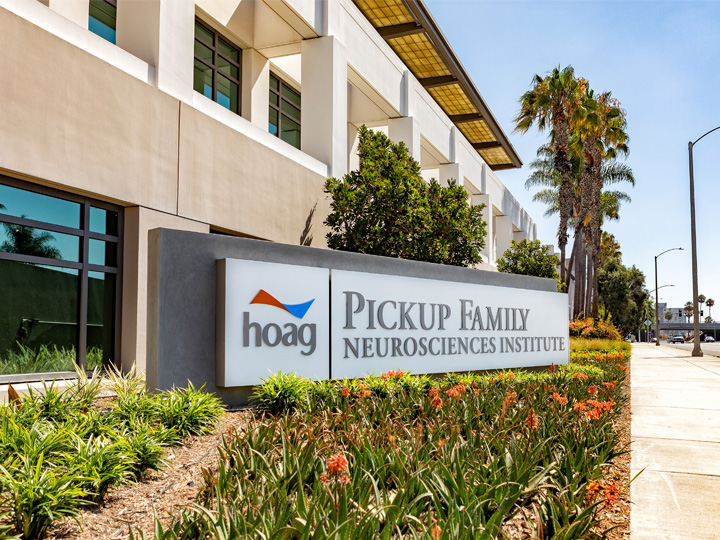How spine surgery will evolve in 2022: 6 trends to watch

In the last decade, minimally invasive technologies have made it possible to perform many spine surgeries previously done in the hospital with overnight stays in the outpatient setting.
More recently, advances in techniques and surgical technologies are changing how surgeons approach spine procedures, with robotics, endoscopy and augmented reality technologies anticipated to play a more prominent role in the specialty as outpatient migration continues to accelerate during the COVID-19 pandemic.
Innovations in artificial disc replacement have demonstrated excellent outcomes in the treatment of cervical spine pathologies, which will likely lead to more surgeons opting for arthroplasty over fusion in the future.
Vik Mehta, MD, a neurosurgeon specializing in complex and minimally invasive brain and spine surgery at Hoag Hospital in Newport Beach, Calif., outlined six key trends he expects to take flight at Hoag and the spine industry this year:
1. Augmented reality: I believe 2022 is the year augmented reality comes into its own for spinal surgery. At Hoag, for example, my colleagues recently published a peer-reviewed study in Neurosurgical Focus, assessing the accuracy of screw placement using SpineAR, a navigation-guided spine surgery platform that incorporates real-time navigation images from intraoperative imaging with a 3D-reconstructed model in the surgeon's field of view. The results were excitingly positive, and I believe as more data comes in about the improved safety and efficacy, we will truly be at the dawn of the AR era in spine surgery.
2. Robotic surgery: In the coming years, we will see an expanded role for robotics in spinal surgery, particularly as we collect more data about precision, accuracy and patient outcomes. For example, Hoag's Pickup Family Neurosciences Institute recently became the first hospital on the West Coast to use the Mazor X Stealth Edition robotic guidance platform, which combines 3D preoperative planning with intraoperative trajectory precision tools. This gives surgeons comprehensive information for the best approach and visualization, both during the surgery and before the surgery starts. In this way, patients are exposed to less radiation from X-rays and have faster surgeries, minimized pain and speedier recoveries.
3. Minimally invasive surgeries: The establishment of endoscopic spinal procedures for the most common degenerative diseases of the spine has provided more patients with the opportunity to forgo open spine surgery in favor of minimally invasive procedures. This has opened the door for patients who might not have otherwise been candidates for surgery to undergo procedures that restore their quality of life. The coming years will see an increased focus on minimally invasive techniques that provide patients with relief from back pain with shorter hospital stays and faster recovery times.
4. Fewer fusions: We are seeing a trend away from fusions in the neck to disc arthroplasty, or artificial disc replacement. This motion-preserving technology reduces the need for disc fusion and leaves patients with a better range of motion and a higher quality of life.
5. More outpatient services: The advancements in care mean that we can do more in less time and with less trauma to the body. As a result, surgeries that once required weeks of recovery are now outpatient procedures. Lumbar discectomies, for example, have been performed as outpatient procedures for more than a decade. Trends in endoscopic fusion surgery represent an opportunity to see more spinal procedures move to the outpatient setting. This will result in patients recovering faster and with fewer narcotics.
6. Spinal neuromodulation: We have seen the use of neuromodulation grow in the management of pain, and as our nation becomes more mindful about the use of narcotics in pain management, this approach is poised to emerge as an even more significant tool in our toolbox. Spinal neuromodulation will be increasingly used not only for disorders that have failed conventional surgery, but also for expanding indications, such as diabetes and other painful neuropathies.

